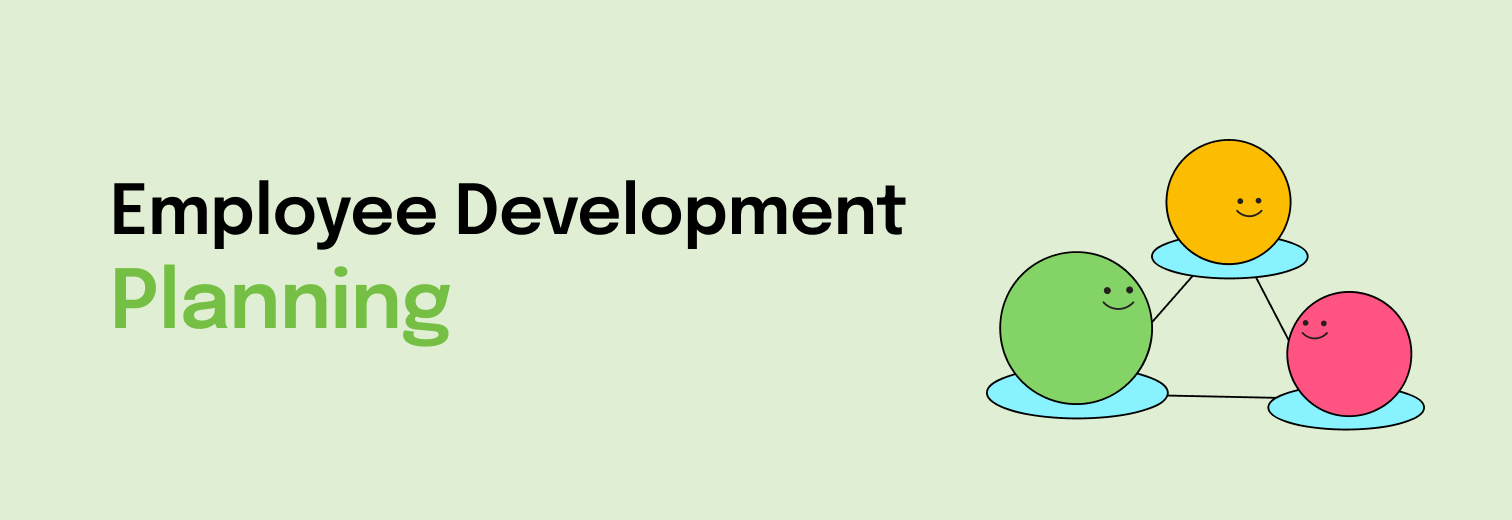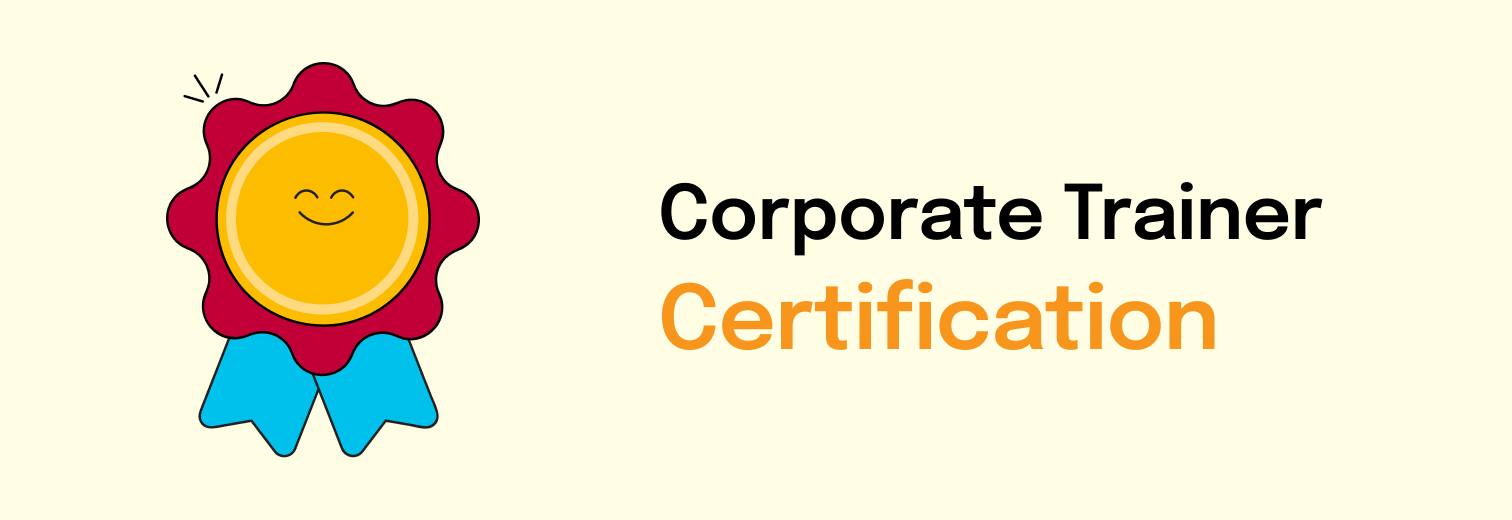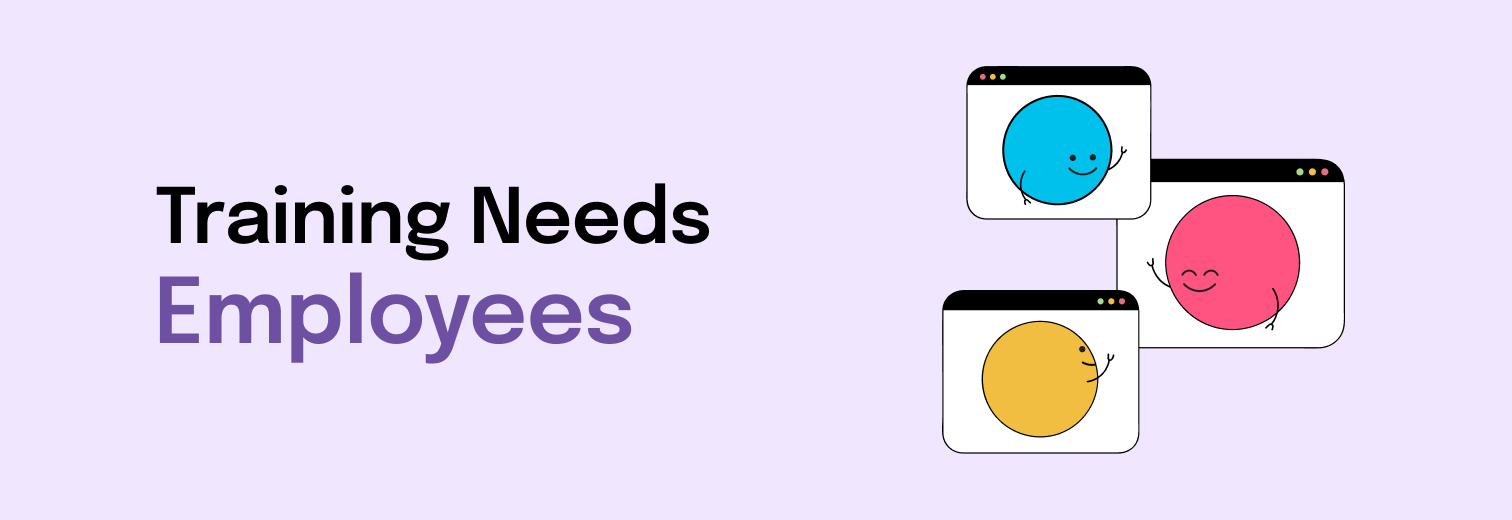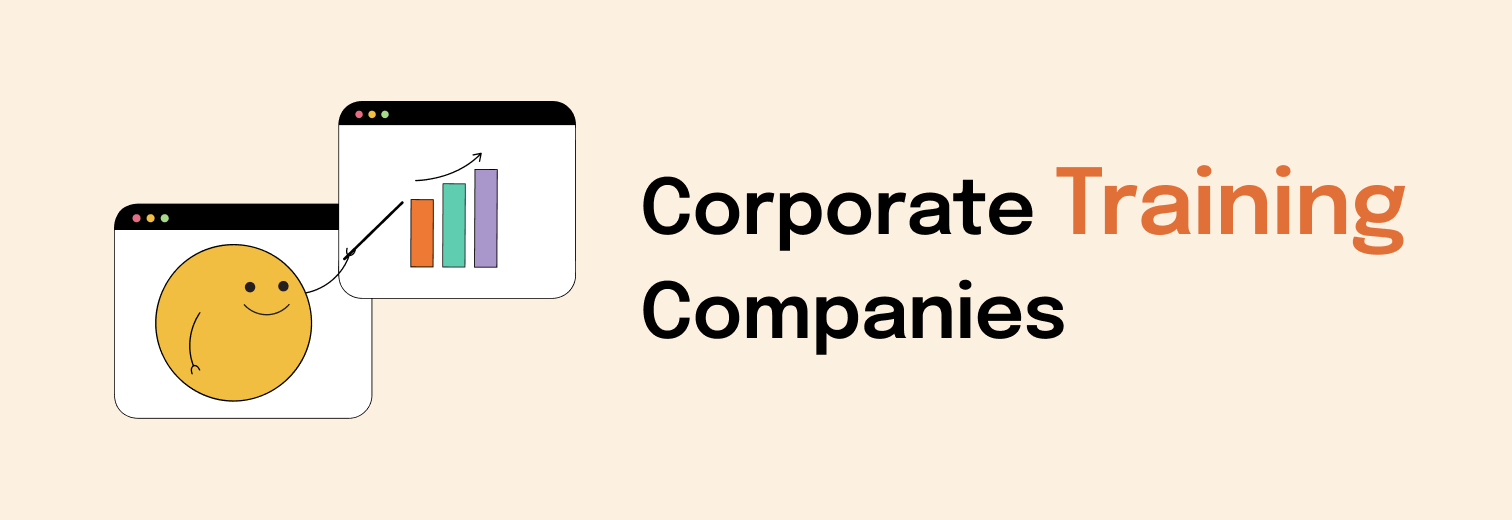Employee Development Planning: A Comprehensive Guide to Boosting Employee Growth and Organizational Success
Employee Development Planning is a strategic approach that helps employees grow within their roles while aligning with the company’s goals. It plays a crucial role in enhancing employee performance, engagement, and retention. By investing in employee development planning, organizations can bridge skill gaps, prepare for future leadership, and foster a culture of continuous improvement.
This guide will provide a detailed look into how to create an employee development plan, highlight the importance of employee development planning, and outline the essential steps involved in crafting effective and personalized development plans for employees. Whether you are a manager seeking to improve team performance or an HR professional designing employee skill development plans, this comprehensive guide offers actionable insights to help you implement effective employee development programs in your organization.
What is Employee Development Planning?
Employee Development Planning is the process of identifying and nurturing the skills, competencies, and career aspirations of employees to align with organizational objectives. These plans outline the specific actions an employee needs to take to reach their career goals, such as learning new skills, obtaining certifications, or preparing for leadership roles.
Employee development planning ensures that both individual growth and organizational needs are met. For businesses, this means having a workforce that is skilled, motivated, and ready to take on future challenges. For employees, it provides a clear path to career advancement, skill acquisition, and personal satisfaction.
Key Elements of an Employee Development Plan:
- Clear Objectives: Defining short-term and long-term goals that align with both employee aspirations and company needs.
- Actionable Steps: Identifying training, mentorship, or on-the-job learning opportunities to achieve these goals.
- Performance Metrics: Setting measurable targets to track progress and success.
- Regular Feedback and Adjustments: Continuously refining the plan based on feedback and performance reviews.
Types of Employee Development Plans
Understanding the various types of development plans can help tailor your approach to meet both business and employee needs effectively:
- Performance-Based Plan: Focuses on enhancing an employee’s current job performance by identifying areas of improvement and setting specific performance targets. This type of plan is ideal for addressing skill gaps that impact day-to-day responsibilities.
- Succession Plan: Prepares employees for future leadership roles by focusing on the development of high-potential individuals. This plan is crucial for business continuity and ensuring that the next generation of leaders is ready to step up when needed.
- Leadership Development Plan: Aimed at equipping employees with leadership skills necessary for management positions. These plans include targeted training in decision-making, communication, and team management, helping to build a robust leadership pipeline.
- Ad-hoc Plans: Customized plans tailored to the individual’s specific needs, allowing for flexible, personalized development plans for employees. These plans are particularly useful for addressing unique skill gaps or personal career aspirations.
Benefits of Employee Development Planning
Investing in employee development planning provides numerous benefits to both employees and the organization:
- Enhanced Employee Engagement: Development plans demonstrate that the company values its employees, leading to higher job satisfaction and commitment. Engaged employees are more productive and contribute more effectively to the company’s success.
- Improved Performance and Productivity: Targeted development helps employees excel in their current roles, driving overall business performance. By providing clear pathways to skill acquisition, companies can improve operational efficiency and meet strategic objectives.
- Reduced Turnover: Offering growth opportunities through effective employee development programs helps retain top talent and reduces recruitment costs. Employees who see a clear future within their organization are less likely to seek opportunities elsewhere.
- Alignment with Organizational Goals: Plans ensure that employees’ skills align with the strategic objectives of the organization, supporting both immediate and long-term business goals. This alignment helps companies navigate change more effectively and stay competitive in their industry.
Key Steps in Employee Development Process
Creating a successful employee development plan requires a strategic approach. Below are the detailed steps in the employee development process that will guide you through setting up a comprehensive plan:
1. Conduct a Skills Gap Analysis
Evaluate the existing skills within your team and identify gaps that need to be filled to achieve organizational goals. This analysis helps in customizing the development plans based on actual needs rather than assumptions. By understanding where the skill deficits lie, you can tailor your approach to address the most critical areas first.
2. Set Clear Goals (SMART Goals)
Define specific, measurable, achievable, relevant, and time-bound goals for each employee. For instance, setting a target for an employee to complete a certification course within six months ensures that goals are not only ambitious but also realistic and trackable. This step is vital in aligning employee aspirations with organizational needs.
3. Create Actionable Learning Opportunities
Provide employees with access to relevant learning resources such as training programs, workshops, e-learning modules, or mentorship arrangements. Ensure that these opportunities are aligned with the employee skill development plans and are geared toward achieving the set goals. By offering diverse learning methods, you cater to different learning styles and preferences.
4. Monitor and Adjust the Plan Regularly
Schedule regular feedback sessions to assess progress and make necessary adjustments. Continuous evaluation ensures that the employee growth and development strategies remain effective and relevant. It’s important to recognize that employee needs and business priorities can change, so flexibility in the plan is crucial.
5. Measure the Impact
Use performance metrics to evaluate the success of the development plan. Metrics can include improved job performance, skill acquisition, or progress towards long-term career goals. Tracking these outcomes helps justify the investment in development programs and provides data to refine future initiatives.
Challenges in Employee Development Planning
While employee development planning offers numerous benefits, it also comes with challenges:
- Time Constraints: Both employees and managers often struggle to find time for development activities amidst their daily responsibilities. Balancing work and learning requires careful planning and support from leadership.
- Limited Resources: Budget constraints can limit access to training and development opportunities. Organizations need to be creative in sourcing affordable or in-house training options that still deliver high value.
- Resistance to Change: Some employees may resist new learning initiatives, making it crucial to build a culture that values continuous learning. Overcoming this resistance often involves clear communication of the benefits and support from top management.
Best Practices for Effective Employee Development Planning
To create effective employee development programs, consider the following best practices:
- Align Development Goals with Business Strategy: Ensure that employee development supports the company’s strategic objectives. This alignment not only enhances employee skills but also contributes directly to the business’s success.
- Engage Employees in the Process: Involve employees in setting their own goals and designing their development plans. This approach fosters ownership and commitment, leading to better outcomes.
- Leverage Technology and Gamification: Use modern tools and gamified learning platforms to enhance engagement and retention of knowledge. These methods make learning more interactive and enjoyable, increasing participation rates.
Conclusion
Employee Development Planning is a strategic investment that benefits both the employee and the organization. By following the steps outlined in this guide, you can create personalized development plans for employees that drive engagement, performance, and business success. Implementing effective employee development programs will help your company build a resilient and skilled workforce ready for future challenges.
Call to Action:
At FocusU, we specialize in crafting impactful, effective employee development programs tailored to your unique needs. Our gamified solutions and expert facilitation skills training ensure that your teams are equipped to thrive. Discover how we can help transform your employee development planning efforts today!
Frequently Asked Questions (FAQs)
Q1. What is Employee Development Planning?
Employee Development Planning involves creating personalized plans to help employees improve their skills and achieve career growth within the organization.
Q2. Why is Employee Development Planning Important?
It helps bridge skill gaps, enhances job satisfaction, and aligns employee growth with business goals, ultimately leading to a more effective workforce.
Q3. How to Create an Employee Development Plan?
Start with a skills gap analysis, set SMART goals, provide learning opportunities, monitor progress, and adjust as needed to ensure continuous improvement.
Q4. What are the Benefits of Employee Development Plans?
Benefits include improved performance, higher engagement, better retention rates, and a workforce that is better aligned with the company’s strategic objectives.
Q5. What Challenges Might You Face in Employee Development Planning?
Common challenges include time constraints, limited resources, and employee resistance to change. Addressing these challenges requires careful planning and support from management.
Q6. How Often Should Development Plans be Reviewed?
Regular reviews, at least quarterly, are recommended to ensure that the plan remains relevant and effective, allowing for adjustments based on feedback and changing circumstances.
Q7. What Tools Can Assist in Employee Development Planning?
Learning management systems (LMS), e-learning platforms, and feedback tools are commonly used to facilitate development and track progress effectively.
Q8. Can Employee Development Plans be Customized?
Yes, personalized development plans tailored to individual needs are the most effective approach. They ensure that each employee’s specific skills and career goals are addressed.



